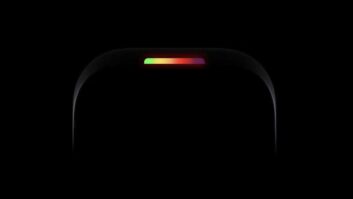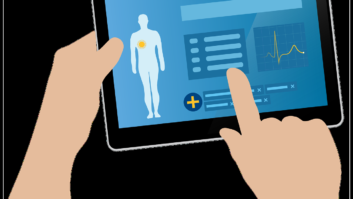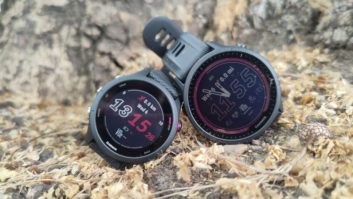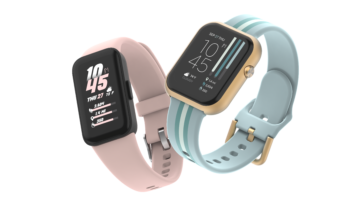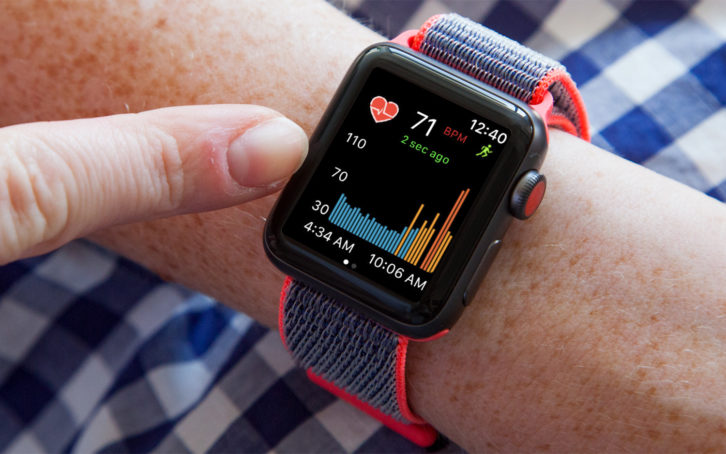
Once upon a time, healthcare got delivered like Amazon Prime packages are today. Doctors came to your house to diagnose and care for you. Even surgeries were performed in the home, and hospitalizations were rare since hospitals themselves were rare.
With the plethora of wearables and digital health devices now flooding the market, we may be returning somewhat to those thrilling days of yesteryear when your home doubled as your healthcare facility.
According to Parks Associates, 28% of U.S. internet households intend to purchase a wearable in the next few months, approximately 95% are willing to pay more for a wearable if it includes advanced health features, and two-thirds would pay more for a device that accurately measures blood pressure and shares that information with their doctor.
According to Kristen Hanich, Parks’ research director, consumers are most likely to pay more for wearables with medical-grade vital sign detection, particularly blood pressure, arrhythmia, and blood oxygen levels, the ability to accurately measure blood pressure, take EKGs, detect abnormalities with heart rate, and fall detection with the ability to call emergency services if needed.
“Medical wearables, such as CGM [continuous glucose monitoring] systems, can help to treat and monitor patients with precision,” echoes Sachin Mehta, consumer technologies senior analyst at global technology intelligence firm ABI Research. “Long-term monitoring can also drive preventative care and actions. The use of these advanced devices can send the patient’s health information to the doctors in real-time saving time for the patient to take precautionary measures as instructed by the doctor.”
Foundational Health Tech
Consumer tech companies large and small, old and new, sensing the gold in the wearable and digital health hills, are largely focused on three foundational technologies:
sensors, artificial intelligence, and virtual reality.
From the beginning of the health design market, sensors have and will serve as the keystone digital health technology, and “getting more sophisticated with better algorithms that interprets huge and fast amount of data,” reports Mehta. “This is done with the help of the computing power that can be packed into tiny devices.”
Sensors, of course, don’t operate in a vacuum. “Keep an eye out for how different sensor technologies can be orchestrated together,” advises Ramon Llamas, IDC research director. “It’s one thing to have something on your wrist, but if you have other sensors on your body like your shirt or your shoes or synched to a purpose-built device – think of a diabetes monitor, for example – now you can get a better picture, or, in this case, a motion picture, of how a customer is doing.”
A sensor, however, merely provides pure data. Artificial intelligence is coming to the fore to help doctors and patients interpret and act on that data. “What excites me are those technologies that can provide me with prescriptive data, i.e., what I should do or should do better,” enthuses IDC’s Llamas. “Tell me that I need to sleep better. Or that although I get my steps in, I’m not pushing my heart hard enough. And if I’m showing the signs of getting sick, please tell me. If you tell me that there is something that I can do better, there’s value in that.”
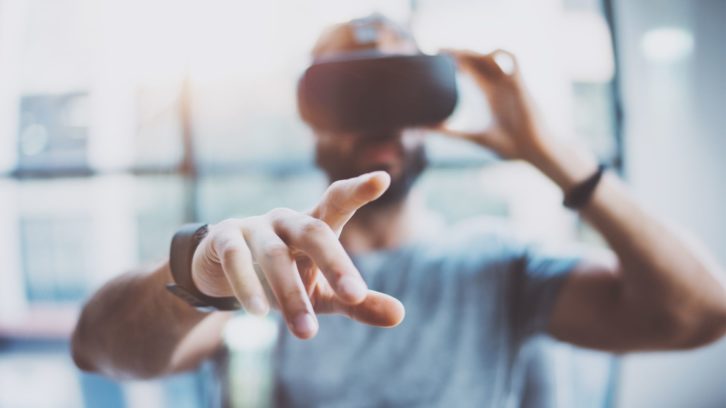
The Promise (and Problems) of VR Healthcare
VR holds perhaps the most fascinating potential for digital health since it can provide a virtual personal touch that data and AI cannot, especially for preventive health and treatment of non-physical ailments.
“VR poses a really neat opportunity for fitness, which directly links to health,” insists IDC’s Llamas. “Some of the most popular titles in VR are actually exercise workouts in disguise.” VR apps such as Beat Saber and VRWorkout are examples “of how VR headsets like the Quest 2 can be used to provide a very easy, but very effective workout for all ages,” opines Bob Fine, executive director of the International Virtual Reality Healthcare Association (IVRHA), “and points to a not-too-distant future in which more applications that provide consumers with opportunities to take better care of themselves, both physically and mentally, will be more prolific.”
One issue with VR is the demographic least likely to adopt it – seniors – is the demographic most likely to benefit from it. Fine notes that a lot of VR experimentation is happening in senior care homes and senior living. “Right now there are early applications around distraction therapy, treating isolation and getting people out of their everyday routines, and we’re also starting to see early research in how VR can be used for early diagnosis or early signs of dementia or Alzheimer’s.” Fine also reports that the Veterans Administration (VA) is deploying VR for “treating PTSD to helping patients with physical rehabilitation to helping them reacclimate to everyday society, helping them to deal with stress, anxiety, and depression.”
Veteran and senior VR trials and experiments will redound to consumer-facing applications if some major hurdles can be overcome. For one thing, “the consumer VR market is essentially a one product monopoly, or one company monopoly,” Fine notes, referring to the Meta Oculus. “We really need another major U.S. hardware manufacturer to make this a competitive market.”
Health Device Ecosystem
Creating a digital health ecosystem in a market currently crowded with disparate devices is the goal. But is there a way to get all these wearable digital health technologies to work together?
“Given the momentum behind Matter in the smart home space, announcements around bringing wearables under the same application layer interoperability could be significant,” ABI’s Mehta insists. “Internet of Medical Things (IoMT) is another aspect of digital health tech which will see huge growth in the coming years. With more connected devices, the coordination of basic wearables with the clinical-grade wearables is getting easy and the information generated in real-time is more precise. Digitally equipped wearables are going to increase making health care a core center of innovation for wearable as a product category.”
See also: Fitbit Versa 4 And Sense 2 Just Got These New Features, But Plenty Are Still Missing





